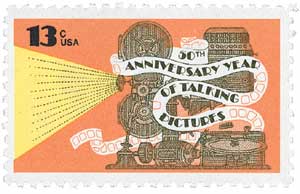
# 1727 FDC - 1977 13c Talking Pictures 50th Anniversary
Hollywood Walk Of Fame
A man named EM Stuart is credited with creating the Walk of Fame. In 1953, while serving as president of the Hollywood Chamber of Commerce, he proposed the walk to “maintain the glory of a community whose name means glamour and excitement in the four corners of the world.” Its unknown exactly where he got the idea, but some suggest it could have been the Hollywood Hotel, which had stars painted on the ceiling with celebrities’ names on them.
Stuart then created a committee to work out the logistics, and by 1956, they had submitted formal plans to the Los Angeles City Council. The council accepted the proposal and the project moved forward. In some of the early suggestions for the walk, they considered stars with caricatures surrounded by blue and brown sidewalks. But the caricatures were deemed too difficult and the sidewalk colors changed to black and coral. In all, the cost to build the walk, install new streetlights and plant trees was projected to be $1.25 million.
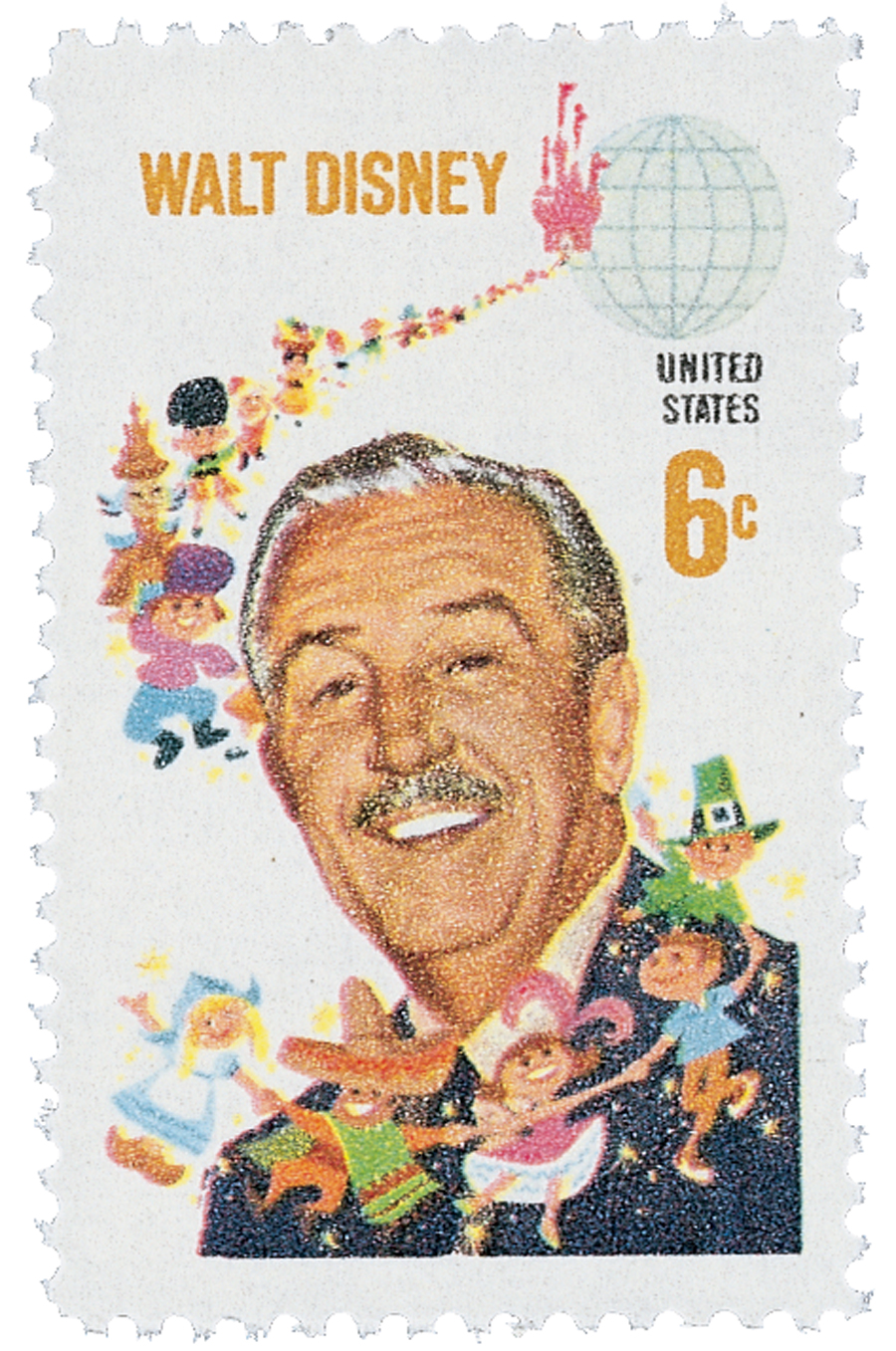
While planning for the walk continued, four committees were established to select the first honorees. The committee included some of the day’s most famous names, including Cecil B. DeMille, Samuel Goldwyn, Jesse Lasky, Walt Disney, Hal Roach, Mack Sennett, and Walter Lantz. They received a huge outpouring of interest, with 150 names a week being submitted for consideration.
On August 15, 1958, they unveiled eight stars honoring Olive Borden, Ronald Colman, Louise Fazenda, Preston Foster, Burt Lancaster, Edward Sedgwick, Ernest Torrence, and Joanne Woodward. Construction was supposed to begin shortly after but was delayed due to a pair of lawsuits.
The groundbreaking was finally held on February 8, 1960. Among those that took part in the groundbreaking were actresses Gigi Perreau and Linda Darnell and veteran actors Francis X. Bushman and Charles Coburn. Over a month later, the first star was placed on March 28, honoring Stanley Kramer. That fall, they believed enough of the work had been completed to hold a dedication ceremony. That ceremony was held on November 23 in conjunction with the Hollywood Christmas Parade. The Walk was considered officially complete the following spring, with a total of 1,558 stars placed.
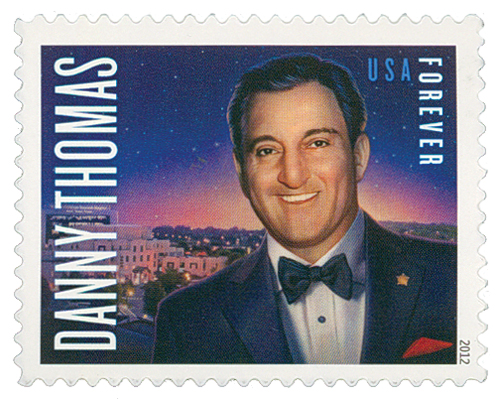
In 1962, the Hollywood Chamber of Commerce began developing a system to select honorees, process candidates, and finance the additions. It took them several years to work out their rules and the next star wasn’t placed until 1968. That star, honoring producer Richard D. Zanuck, was placed during a special ceremony hosted by Danny Thomas. After that, star ceremonies would become a regular occurrence.
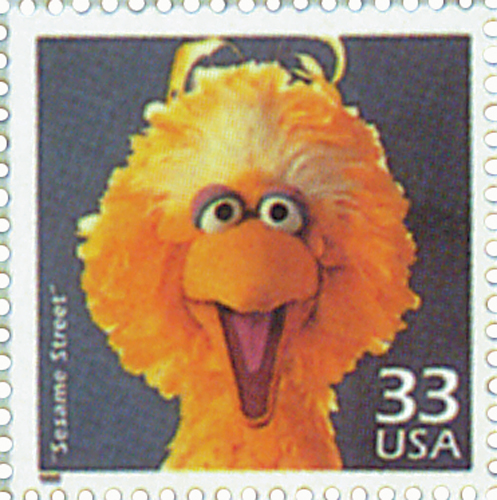
In addition to the original four categories people could be honored for (motion picture, television, recording, and radio), a fifth category was added in 1984 for “Live Theatre.” Each pink five-pointed star is made of a terrazzo (marble or stone chips set in mortar) rimmed with bronze and inlaid into a charcoal square. The star’s name is engraved inside the star, and a round bronze emblem indicates the category for which the honoree received the star.
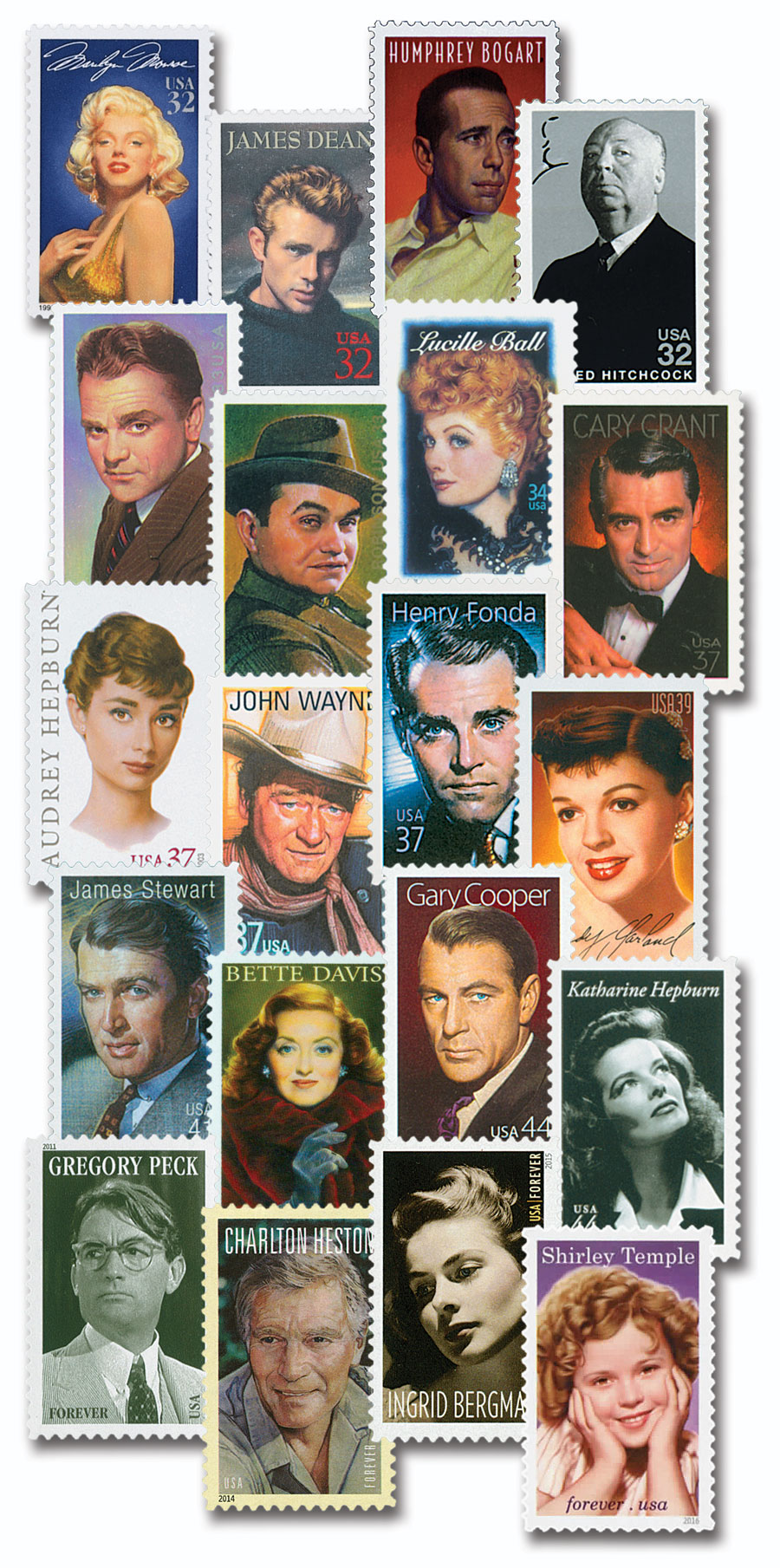
The Walk has expanded over time and now stretches along 15 blocks of Hollywood Boulevard and three blocks of Vine Street. Today there are over 2,600 stars. The majority of the stars (47%) honor people in the motion pictures category. The only performer to receive stars in all five categories is Hollywood legend, Gene Autry. Stars have also been awarded to characters as diverse as Mickey Mouse, Big Bird, Lassie, and Rin Tin Tin. A special round star at the intersection of Hollywood and Vine commemorates the Apollo 11 astronauts.
Click here for more from the Walk of Fame website.
Click here for lots more stamps honoring movie stars and entertainers – many of whom have stars on the walk.
Hollywood Walk Of Fame
A man named EM Stuart is credited with creating the Walk of Fame. In 1953, while serving as president of the Hollywood Chamber of Commerce, he proposed the walk to “maintain the glory of a community whose name means glamour and excitement in the four corners of the world.” Its unknown exactly where he got the idea, but some suggest it could have been the Hollywood Hotel, which had stars painted on the ceiling with celebrities’ names on them.
Stuart then created a committee to work out the logistics, and by 1956, they had submitted formal plans to the Los Angeles City Council. The council accepted the proposal and the project moved forward. In some of the early suggestions for the walk, they considered stars with caricatures surrounded by blue and brown sidewalks. But the caricatures were deemed too difficult and the sidewalk colors changed to black and coral. In all, the cost to build the walk, install new streetlights and plant trees was projected to be $1.25 million.

While planning for the walk continued, four committees were established to select the first honorees. The committee included some of the day’s most famous names, including Cecil B. DeMille, Samuel Goldwyn, Jesse Lasky, Walt Disney, Hal Roach, Mack Sennett, and Walter Lantz. They received a huge outpouring of interest, with 150 names a week being submitted for consideration.
On August 15, 1958, they unveiled eight stars honoring Olive Borden, Ronald Colman, Louise Fazenda, Preston Foster, Burt Lancaster, Edward Sedgwick, Ernest Torrence, and Joanne Woodward. Construction was supposed to begin shortly after but was delayed due to a pair of lawsuits.
The groundbreaking was finally held on February 8, 1960. Among those that took part in the groundbreaking were actresses Gigi Perreau and Linda Darnell and veteran actors Francis X. Bushman and Charles Coburn. Over a month later, the first star was placed on March 28, honoring Stanley Kramer. That fall, they believed enough of the work had been completed to hold a dedication ceremony. That ceremony was held on November 23 in conjunction with the Hollywood Christmas Parade. The Walk was considered officially complete the following spring, with a total of 1,558 stars placed.

In 1962, the Hollywood Chamber of Commerce began developing a system to select honorees, process candidates, and finance the additions. It took them several years to work out their rules and the next star wasn’t placed until 1968. That star, honoring producer Richard D. Zanuck, was placed during a special ceremony hosted by Danny Thomas. After that, star ceremonies would become a regular occurrence.

In addition to the original four categories people could be honored for (motion picture, television, recording, and radio), a fifth category was added in 1984 for “Live Theatre.” Each pink five-pointed star is made of a terrazzo (marble or stone chips set in mortar) rimmed with bronze and inlaid into a charcoal square. The star’s name is engraved inside the star, and a round bronze emblem indicates the category for which the honoree received the star.

The Walk has expanded over time and now stretches along 15 blocks of Hollywood Boulevard and three blocks of Vine Street. Today there are over 2,600 stars. The majority of the stars (47%) honor people in the motion pictures category. The only performer to receive stars in all five categories is Hollywood legend, Gene Autry. Stars have also been awarded to characters as diverse as Mickey Mouse, Big Bird, Lassie, and Rin Tin Tin. A special round star at the intersection of Hollywood and Vine commemorates the Apollo 11 astronauts.
Click here for more from the Walk of Fame website.
Click here for lots more stamps honoring movie stars and entertainers – many of whom have stars on the walk.






